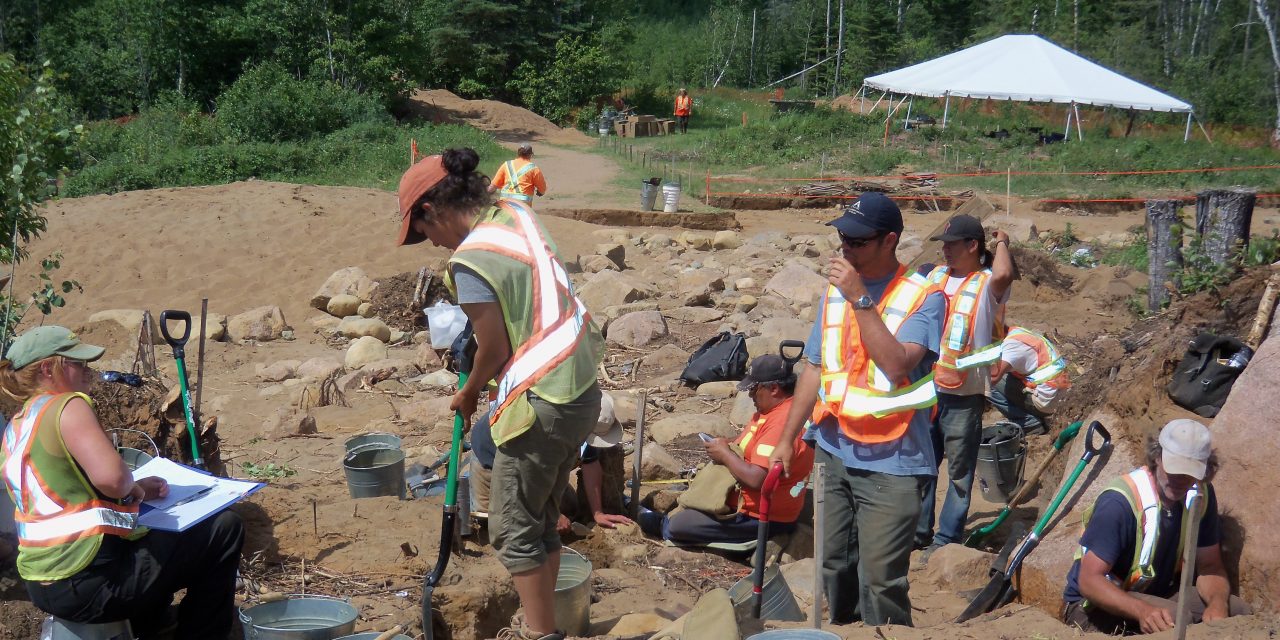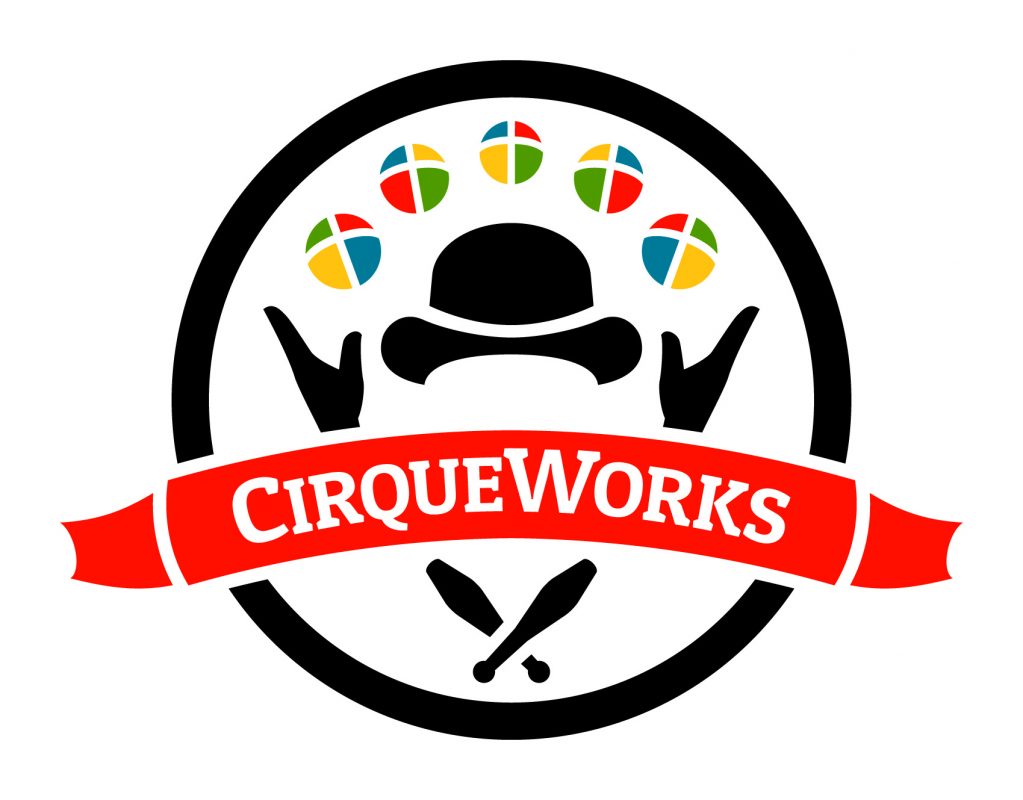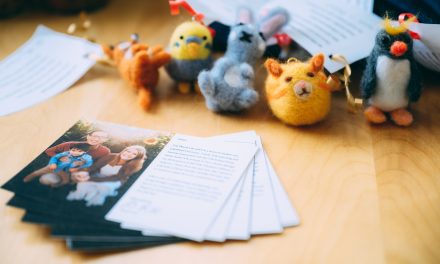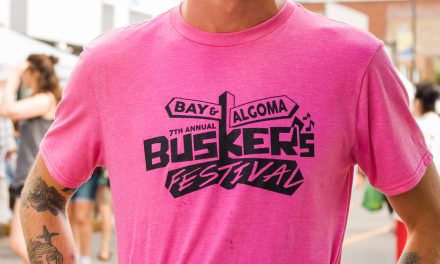MacKenzie Project dig site, working alongside members of Opwaaganasiniing and Biinjitiwaabik Zaaging Anishinaabek
Dave Norris and Woodland Heritage Northwest Archeology
Story by Leah Morningstar, Photos submitted by Dave Norris
How did a boy from Waterloo end up as one of Northwestern Ontario’s leading archeologists?
It ultimately began in childhood. Dave Norris vividly remembers exploring a creek bed in the woods behind his house. Amazingly, he dug up an arrowhead, and he was hooked. At 19, Norris was accepted into the anthropology program at Lakehead University. After graduating, he began working for the local institution, as well as Brandon University. Professors used grant money to hire students and former students to do field work in the summers and lab work in the winters.
For six years, Norris worked on dig sites during warmer weather and organized specimens in the lab during the colder months. That experience and knowledge led to post-graduate studies at the University of Saskatchewan. Norris received his Masters of Archeology and began working for a Saskatchewan-based company called Western Heritage.
In 2010, Western Heritage heard about a project near Thunder Bay along Highway 11/17, informally called The MacKenzie Project. The province had announced plans to twin the Trans-Canada from the intersection at Hodder Avenue all the way to Nipigon. It’s a big project, and like any other initiative involving large amounts of digging and land dispersal, the expertise of archeologists is required. Different firms around the country bid on the project and Western Heritage ended up being the successful bidder.
Norris found himself, once again, near the shores of Lake Superior as he headed up a massive multi-site expedition. At the height of the dig, there were approximately 100 employees working around the top of Hodder Avenue, near the McKenzie Inn and McKenzie Station Road. It was during this three-year project that Norris really started feeling at home in Northwestern Ontario.
After the project’s completion, Norris decided to stay in the area and took a chance at forming his own archeological consulting company. He had the experience and the knowledge, and he, along with co-owner and project communication manager Arlene Lahti, went ahead and started up North Shore Archeology, later renamed Woodland Heritage Northwest.
And that’s how an adventurous young boy from Waterloo ended up in the north. Norris has now been working and consulting locally for almost a decade. He says his favourite part of the job is the connection to the past. “It’s not only about the item found, but about a physical tangible connection to someone from 10,000 years ago,” Norris says. “When I’m standing in a dig site, I often think about who else was standing there before me. Who touched this arrowhead? How did this bone tool get lost?” It’s a curiosity that lies at the heart of every true archeologist: a desire to bridge the gap between present-day humans and the ancestors who lived and loved, thousands of years before us.
Remember, it’s illegal to keep and sell artifacts in Canada. If you find something exciting, contact a local archeologist. This particular archeologist can be reached through his website at woodlandheritagenorthwest.ca.














